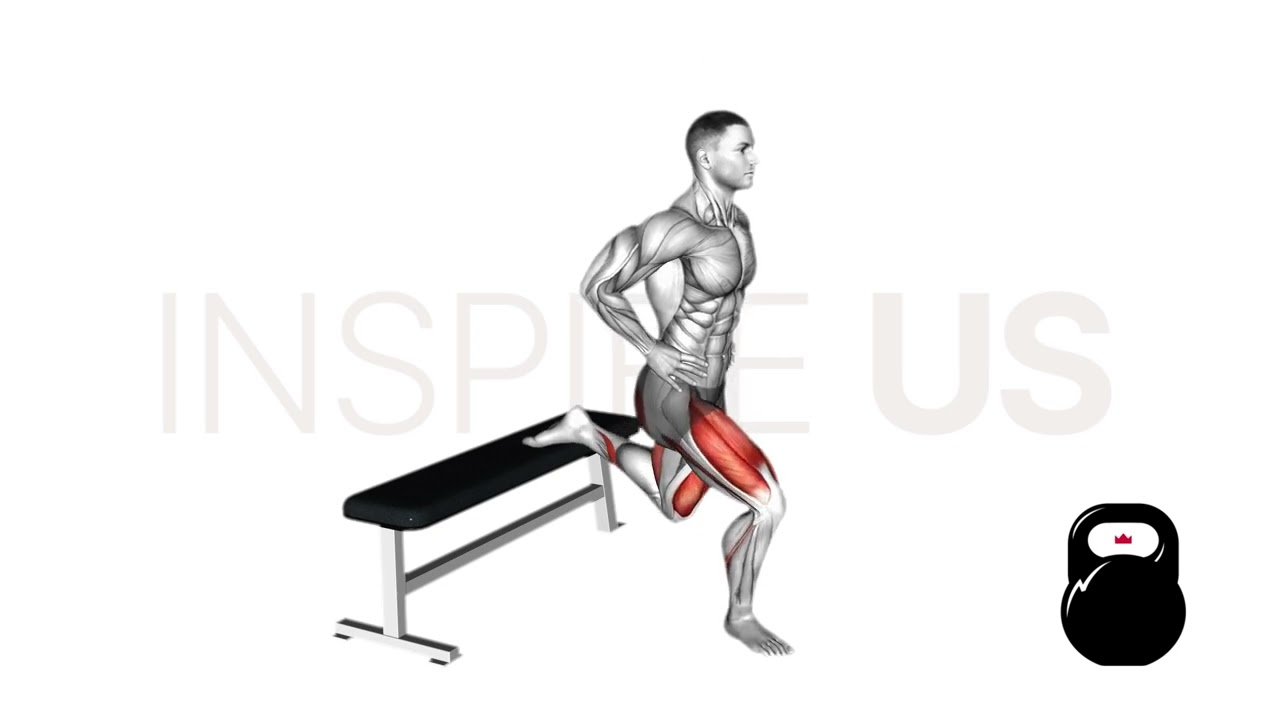Bulgarian Split Squats: Benefits, Muscles Worked, and More
Although traditional leg training is often done in the form of heavy squats or with the usage of certain types of resistance machines, one highly simplistic (yet quite effective) exercise is that of the Bulgarian split squat.
The Bulgarian split squat is a unilateral lower body exercise that is often employed by bodybuilders and athletes to act as the main source of leg muscle training stimulus within their workouts.
In this article, we will learn how to safely perform this rather underrated exercise, how to take advantage of its benefits and how to correct a few of the most common mistakes seen during its execution.
What are Bulgarian Split Squats?
From a more technical standpoint, the Bulgarian split squat is considered to be a unilateral compound movement involving significant knee flexion, hip abduction, ankle dorsiflexion and a number of other lower body mechanics.
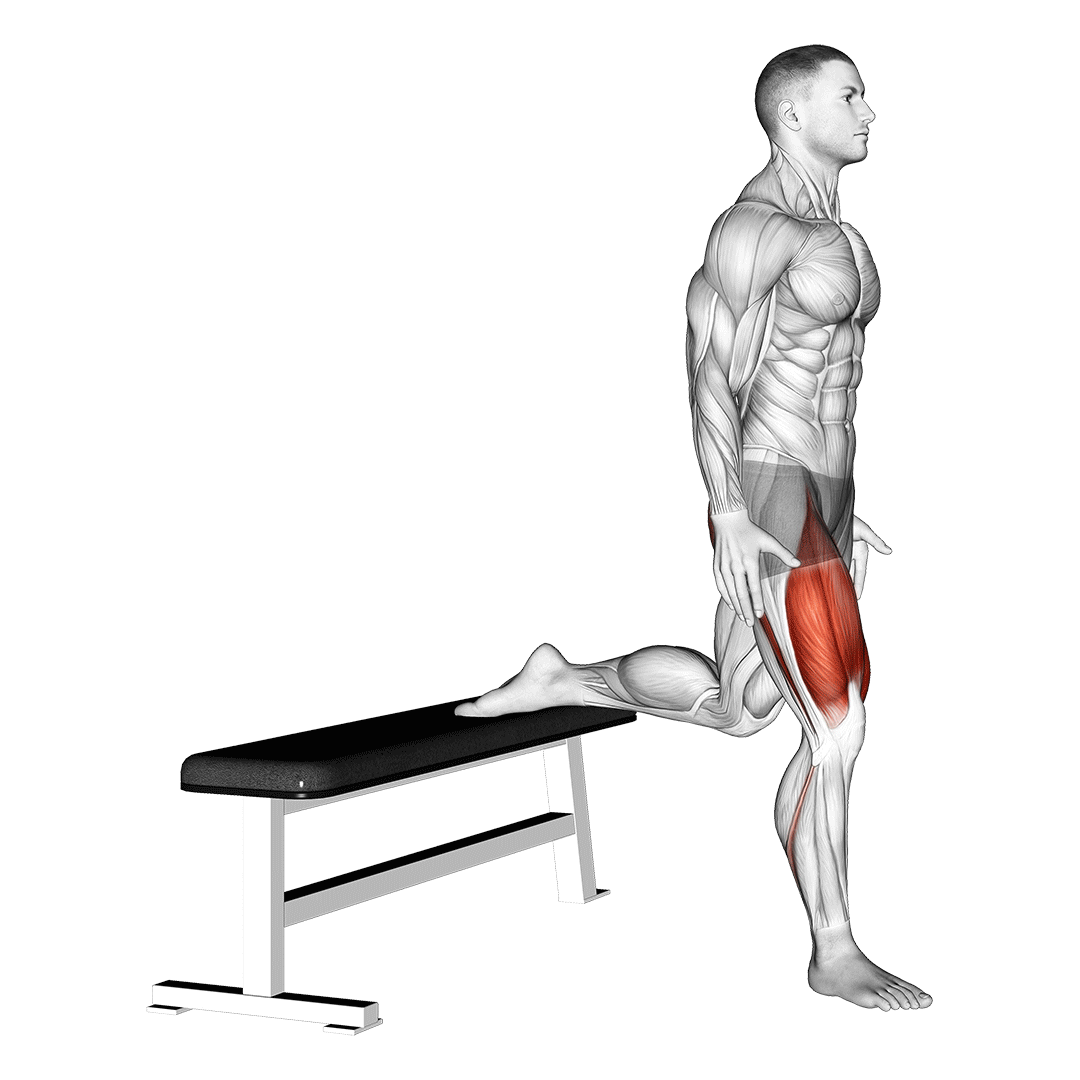
Bulgarian split squats are most often performed with the use of a pair of dumbbells, kettlebells or weight plates, as the usage of a barbell may be difficult to balance with for less experienced weightlifters.
Furthermore, an exercise bench, chair or similarly sturdy knee-height object will be needed.
In terms of programming, Bulgarian split squats are frequently encountered as the primary or secondary compound movement within a lower body workout - usually in moderate amounts of volume, and with a moderate level of resistance. Of course, this will also depend on the lifter’s training goals.
Who Should do Bulgarian Split Squats?
Bulgarian split squats are relatively safe and low-impact, meaning that even complete beginners to resistance training can learn to perform them easily. Bodybuilders and strength athletes in particular will find the exercise to be especially effective for their goals.
However, individuals with a history of injury anywhere in the lower body should seek out the advice of their physician prior to attempting a Bulgarian split squat.
How to do Bulgarian Split Squats
To prepare for a repetition of the Bulgarian split squat, the lifter will stand upright with their chosen weight equipment held in both hands (or atop their back, for barbells).
Lifting one leg and placing the foot arch-down atop the exercise bench behind them, the opposite leg will be placed several inches in front of the lifter so as to create a semi-split stance.
To begin the repetition, the lifter will contract their core and ensure that their lower back is in a neutral position as they bend the knee at their front, allowing the leg behind them to also bend downwards for support.
Once the lifter has reached the limits of their mobility, they will push through the heel of their working leg and extend their knees back to the starting position, thereby completing the repetition.
Remember to perform an equal number of repetitions with both sides of the lower body so as to avoid muscular weakness or imbalances.
What Muscles do Bulgarian Split Squats Work?
The Bulgarian split squat is a compound exercise, meaning that more than a single muscle group plays a role in its movement pattern.

These muscles are divided according to the manner in which they are worked, with mover muscles being contracted dynamically, and stabilizer muscles being contracted isometrically.
Primary Mover Muscles
Bulgarian split squats primarily target the quadriceps femoris and the gluteal muscle group - both of which are vital for strong and muscular legs.
Secondary Mover Muscles
In addition to the primary overs, the hamstring muscles also play a secondary role within a Bulgarian split squat.
Stabilizer Muscles
The calves, core and erector spinae all isometrically contract during a repetition of the Bulgarian split squat so as to stabilize and protect the body.
What are the Benefits of Doing Bulgarian Split Squats?
Bulgarian split squats are so widely used because of the benefits they offer as a training tool - the majority of which are listed below, not including the more general benefits related to exercise as a whole.
Excellent for Quadriceps Development
The main focus of the Bulgarian split squat lies in the quadriceps muscles. With proper programming and sufficient attention paid to form, lifters will find that the Bulgarian split squat is excellent for developing the strength and size of their quads.
Of course, the exercise also recruits the glutes and hamstrings among others - but it is the quadriceps that receive the most benefit.
Builds Lower Body Stability, Mobility and Control
Bulgarian split squats offer physical benefits beyond just muscular development. Because of the unstable split position that the exercise is performed from, lifters will find that their capacity to stabilize their lower body is directly improved by the exercise, both consciously and as a result of strengthening of isometric contraction.
This is in addition to the inherent flexibility improvements of the ankles, knees and hips.
Direct Carry-Over to Athletic Activities and Other Leg Exercises
Because Bulgarian split squats strengthen the muscles of the lower body and improve the physical capabilities of the lifter themselves, it should come as no surprise that they are frequently employed by athletes for much the same benefits.
In addition to this, the unique movement pattern and emphasis on the glutes and quadriceps means that regularly performing Bulgarian split squats will also enhance the lifter’s capacity to perform other compound leg exercises, such as the barbell squat or lunges.
Relatively Low Amount of Weight Needed
Bulgarian split squats do not require as much weight as exercises like the back squat or front squat, as the former is performed in a unilateral manner.
This can make performing the Bulgarian split squat preferable to other leg exercises for individuals without access to significant amounts of weight - or for those who have been advised to avoid heavy loading of the body.
Excellent for Correcting Unilateral Imbalances
Because humans tend to prefer one side of the body over the other, it is not uncommon for individuals who perform resistance training to have a unilateral muscular imbalance of the legs.
While this issue can become severe and may require direct medical intervention, the Bulgarian split squat is also occasionally used to help correct minor instances of muscular imbalance between either side of the lower body.
Remember to consult a medical professional if you believe you have a muscular imbalance, as attempting to correct it yourself may cause further issues to arise.
Programming Sets and Reps for the Bulgarian Split Squat
Programming the Bulgarian split squat is relatively simple - especially if it is being utilized as the primary source of training stimulus within the workout.
Depending on what sort of growth you wish to elicit in your muscles, the following volume ranges can be quite helpful.
For Hypertrophy
Ideally, Bulgarian split squats are performed anywhere between 6-15 repetitions for lifters seeking hypertrophy. 2-3 sets in such a range is best, unless fewer exercises are present in the workout.
For Strength
For lifters seeking greater lower body strength, repetition ranges between 2-5 are the ideal - as well as 3-5 sets per workout. The idea is to keep the total workout volume low while eliciting training stimulus through a significant amount of resistance.
For Endurance and Athletic Development
Whether the Bulgarian split squat is directly being used for developing muscular endurance or is simply part of a larger athletic training drill, repetition ranges over 15 for 2-3 sets is the best option.
Common Bulgarian Split Squat Mistakes
Although Bulgarian split squats are relatively accessible to inexperienced weightlifters, the following mistakes are commonly seen in even more advanced practitioners - and should be corrected for a safer and more effective exercise.
Using Excessive Momentum
As is the case in many other exercises, performing the Bulgarian split squat with excessive momentum can easily lead to poor training stimulus, as well as a generally increased risk of injury.
This is both due to the fact that the lifter is not subjecting their muscles to the same length of time under tension as they would with a slower repetition, as well as the effects of arresting the momentum will have on the tissues of their joints.
In order to ensure that the Bulgarian split squat is as effective a training tool as possible, each repetition should be performed in a slow and controlled manner.
Using a Narrow Stance
Because of the difficulty lifters may face when balancing, the stance of the Bulgarian split squat should have the legs placed a wider distance apart - and avoid keeping the non-working leg behind the working leg as much as possible.
For an even more balanced stance, lifters may wish to set their non-working leg at an angle to the body, rather than immediately behind it.
Rolling Onto the Toes or Contracting the Calf Muscles
In order to ensure the quadriceps and glutes are worked as much as possible (and to keep the lifter’s balance), Bulgarian split squats should not involve any sort of extension of the foot or large-scale dynamic contraction of the calves.
Throughout the entire range of motion, the heels should remain touching the floor, and the latter half of the repetition should feature the lifter driving through their heels as they rise back to the starting position.
Bending Excessively at the Hips or Waist
Although it may make the exercise feel easier to perform, lifters should avoid bending at the hips or waist beyond anything more than a minor tilt, as doing so can place undue stress on the knee joint and affect biomechanical function of the hips.
Variations and Alternatives of the Bulgarian Split Squat
If the Bulgarian split squat isn’t quite meeting your training needs, the following Bulgarian split squat alternatives may be the next best option.
Lunges
For lifters who find balancing with the Bulgarian split squat to be difficult - or simply want to perform a less intense exercise, the standard lunge is the perfect substitute.
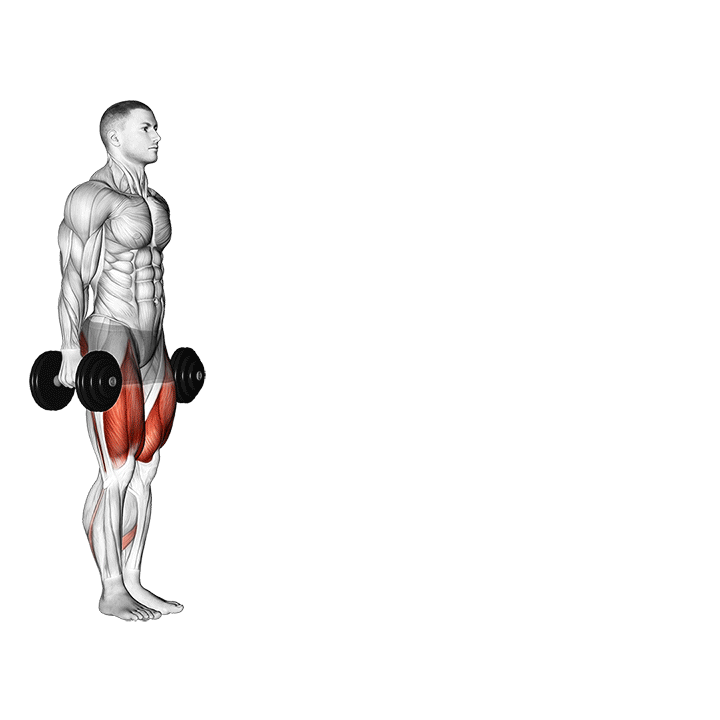
Unlike the former exercise, the lunge keeps both feet on the ground while still featuring a similar unilateral flexion of the lower joints.
Lunges keep much the same muscular emphasis and biomechanics as the Bulgarian split squat, and similarly can also be performed with the addition of weight, if needed.
Conventional Split Squats
The conventional variation of the Bulgarian split squat is simply referred to as a “split squat”, and is performed in quite a similar manner, but with both feet resting on the ground, rather than having one elevated behind the torso.
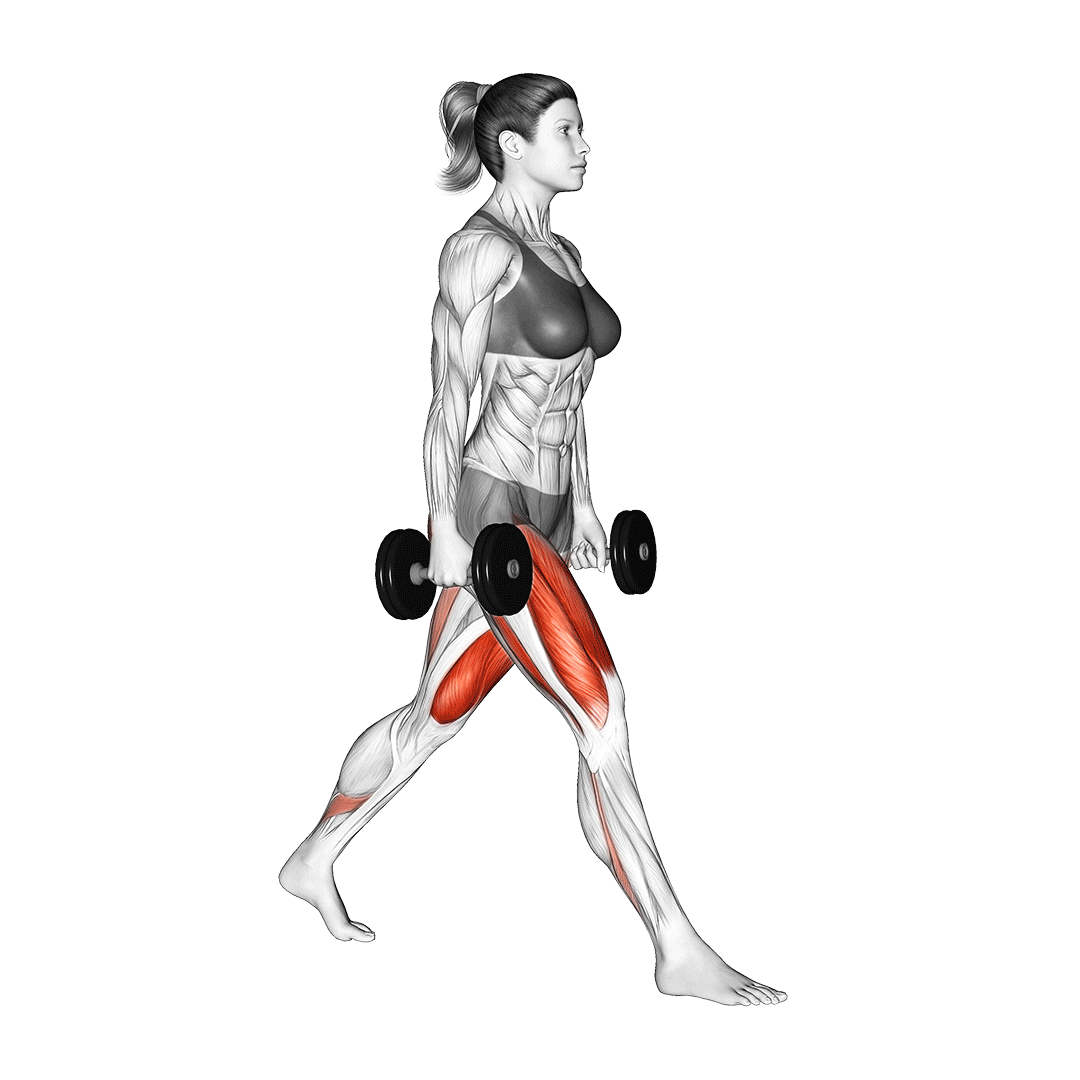
Split squats feature a somewhat shorter range of motion and markedly lower level of intensity, and can be excellent for lifters seeking an exercise of greater volume than the Bulgarian split squat - or those who wish to avoid placing significant pressure on their knees.
Single Leg Squats or Pistol Squats
For bodyweight athletes wishing to progress beyond the Bulgarian split squat, the pistol squat (also known as the single leg squat) involves a similar unilateral approach to leg training while also upping the intensity and balance demands.
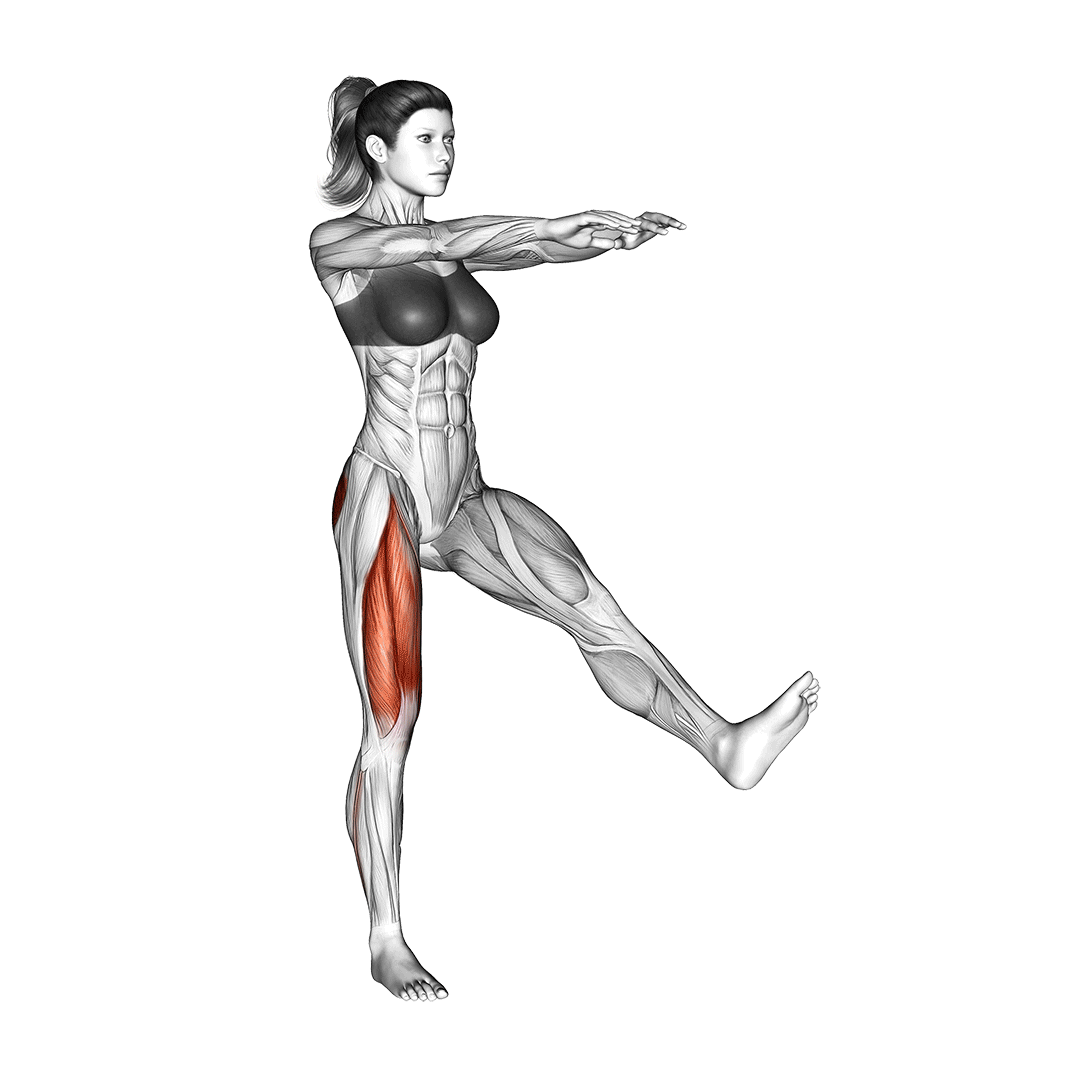
Pistol squats are performed with the lifter balancing on one leg and lowering themselves into a below-parallel squat, all the while keeping their arms and legs extended before them so as to better emphasize the muscles of the working leg.
Frequently Asked Questions (FAQ)
Is a Bulgarian Split Squat a Lunge or Squat?
Neither - Bulgarian split squats are considered to be their own exercise known as “split squats” or “single leg squats”.
In comparison, a lunge involves keeping both feet on the floor, and a squat involves bilateral (symmetric) movement of the lower body’s joints.
Are Bulgarian Split Squats Good for the Thighs?
Yes - Bulgarian split squats are one of the best possible exercises for toning and strengthening the thighs.
Your thighs are primarily composed of a four-headed muscle group known as the quadriceps femoris, and are worked to an excellent intensity by Bulgarian split squats and the few exercises like it.
Should I Do Bulgarian Split Squats Every Leg Day?
It is perfectly fine to perform Bulgarian split squats every leg day.
In fact, doing so within the guidelines of proper training programming will only further enhance your lower body development, as well as your capacity to perform Bulgarian split squats in the future.
Final Thoughts
The Bulgarian split squat is a highly effective exercise that may take some getting used to.
Because of the initial difficulty with balancing in such a position, it is advised that lifters first attempt the exercise with no additional weight - as well as a nearby object to grab if they lose their balance.
Remember to first consult your physician prior to attempting the Bulgarian split squat, especially if you have a history of injuries relating to the lower back, knees, hips or ankles.
References
1. Lockie, Robert G., Fabrice G. Risso, Adrina Lazar, Dominic V. Giuliano, Alyssa A. Stage, Tricia M. Liu, Megan D. Beiley, Jillian M. Hurley, Ibett A. Torne, John J. Stokes, Samantha A. Birmingham-Babauta, DeShaun L. Davis, Ashley J. Orjalo, and Matthew R. Moreno. 2017. "Between-Leg Mechanical Differences as Measured by the Bulgarian Split-Squat: Exploring Asymmetries and Relationships with Sprint Acceleration" Sports 5, no. 3: 65. https://doi.org/10.3390/sports5030065
2. Andersen, V et al. “Muscle activation and strength in squat and Bulgarian squat on stable and unstable surface.” International journal of sports medicine vol. 35,14 (2014): 1196-202. doi:10.1055/s-0034-1382016

